Unusual phenomena play a vital role in the ocean's tidal ecosystem
Sand hills resembling miniature volcanoes have appeared on the shores of Texas Gulf Coast beaches in the United States, and experts explain that such hills play a vital role. role in the ocean ecosystem. According to Quintana Beach County Park, mini-volcanoes are created by ghost shrimp.
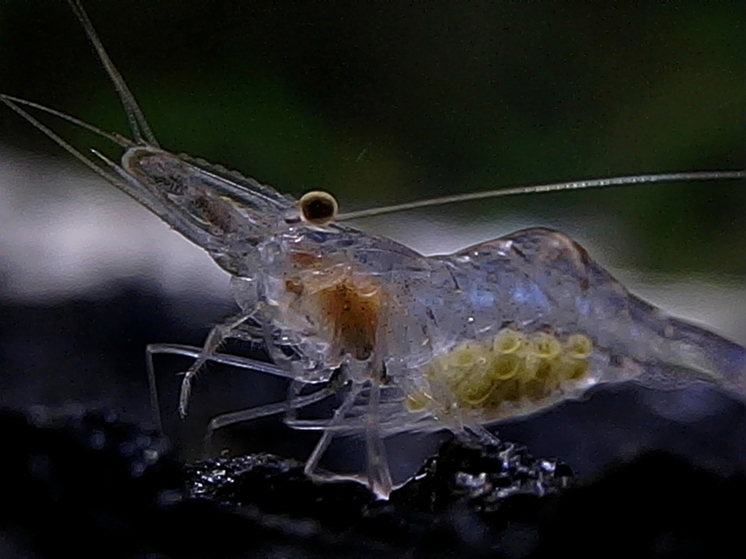
Officials at Quintana Beach County Park, located about 70 miles south of Houston, shared video footage of tiny piles of sand with a hole in the top, explaining the appearance of the strange mounds.
According to Quintana Beach County Park officials, they came from -for “extremely low tide.”
Unusual mounds of sand, comparable in size and shape to anthills, have appeared along the shores of the Texas Gulf. Glass shrimp, known as ghost shrimp, are most often seen at the water's edge, burrowing into the sediment and collecting bits of food. They reach 3-4 inches in length and can dig burrows up to 4 feet deep. Beach staff said shrimp play an important role in the intertidal ecosystem because they «carry oxygen into the sand.»
«They are an important part of intertidal ecosystems because they release oxygen when they burrow into the sand.» , which helps organic matter decompose, enriching sediments and ultimately providing food for more creatures,” — employees explain.
According to a report from Quintana Beach County Park, shrimp were discovered in the 1800s and were most often used to feed on other animals.
The burrows they dig are also used as a source of protection for their soft, fragile bodies. creatures.
The National Park Service said four “different species” of ghost shrimp, which usually live in the waters of the Gulf of Mexico.
“Even though they look like shrimp, they are actually closer relatives of crabs,” — said the National Park Service.
Fishermen are also known to catch shrimp to use as bait, but they are only allowed to catch 20 shrimp per day.
Even with this limit , some national parks and beaches strictly prohibit catching these shrimp. Birds also eat crustaceans from the ground as a natural food source.
Interestingly, shrimp, which release oxygen into sediment, can survive without it for up to six days. And tiny volcano-like structures that create a jagged appearance along sandy beaches appear at low tide.
In addition to being found on beaches like this one in Texas, ghost shrimp are also kept as pets pets that can be kept in freshwater aquariums.
According to the aquarium manual, crustaceans are also capable of scouring aquariums for food, scraps and algae.








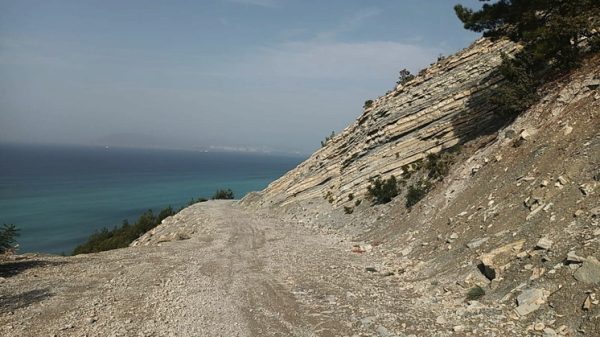










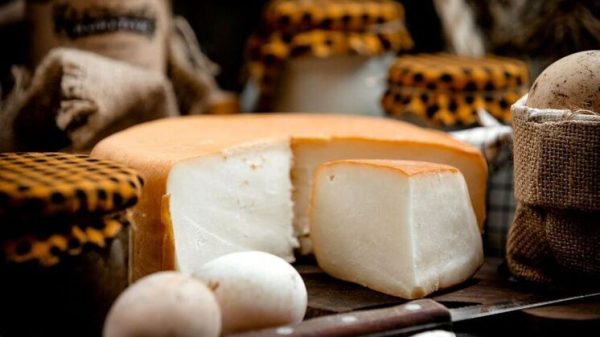
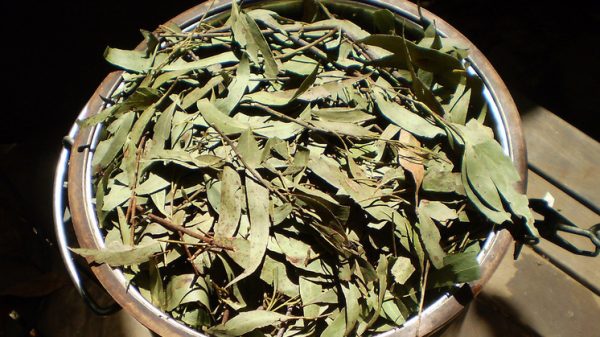



















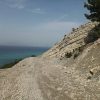













Свежие комментарии